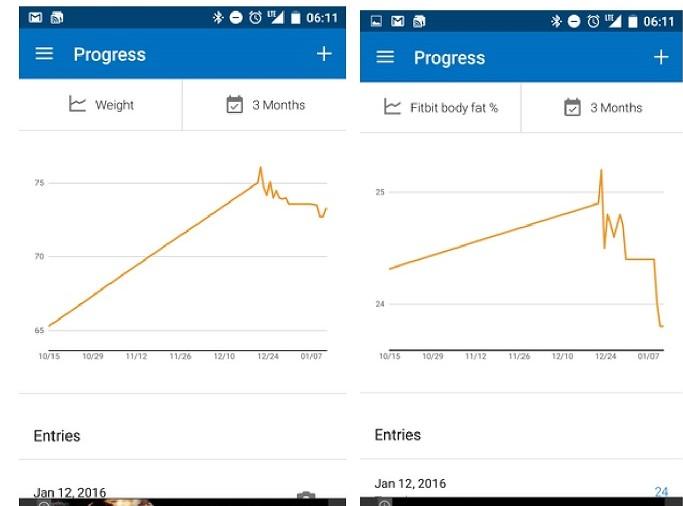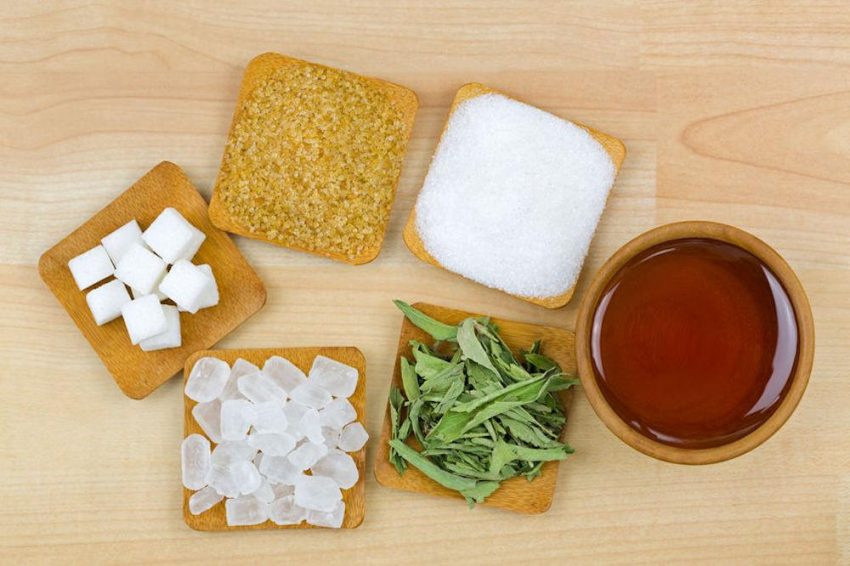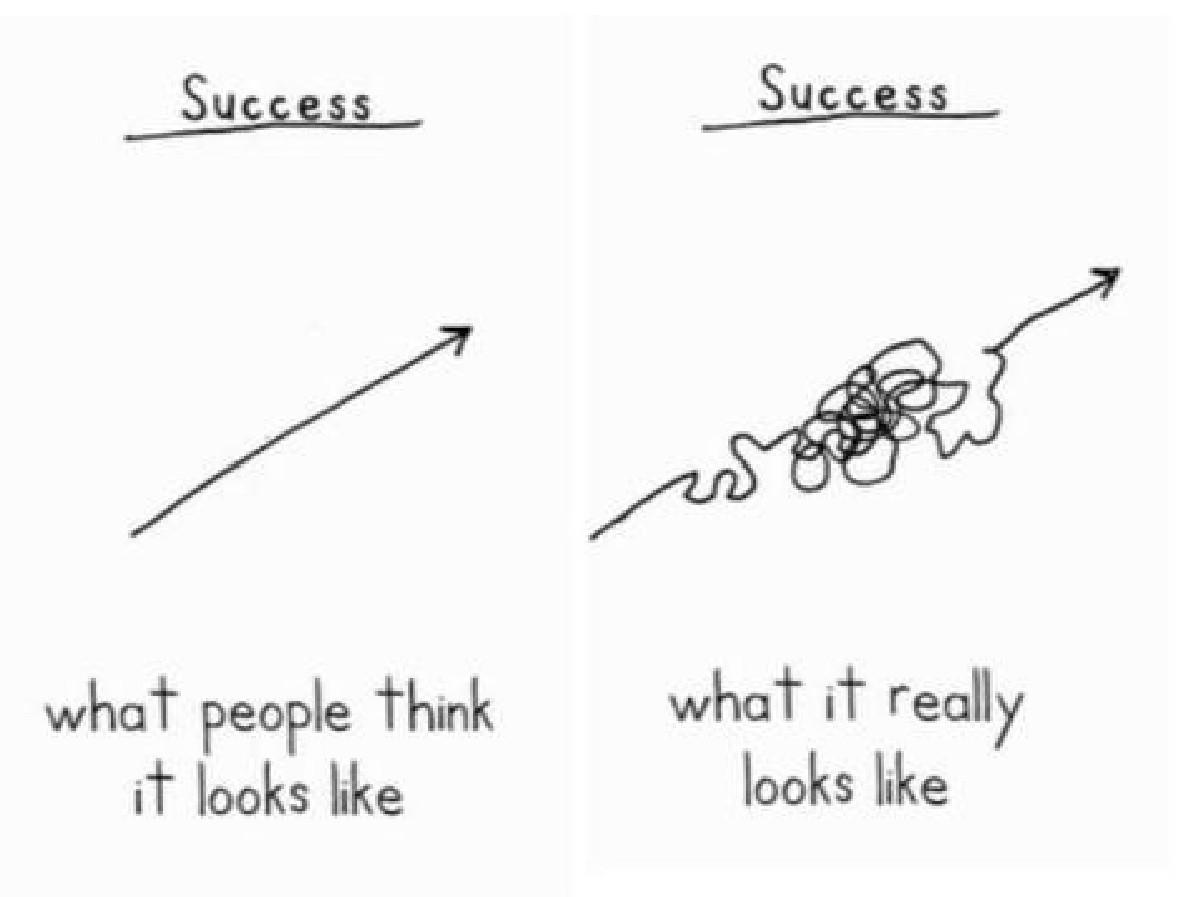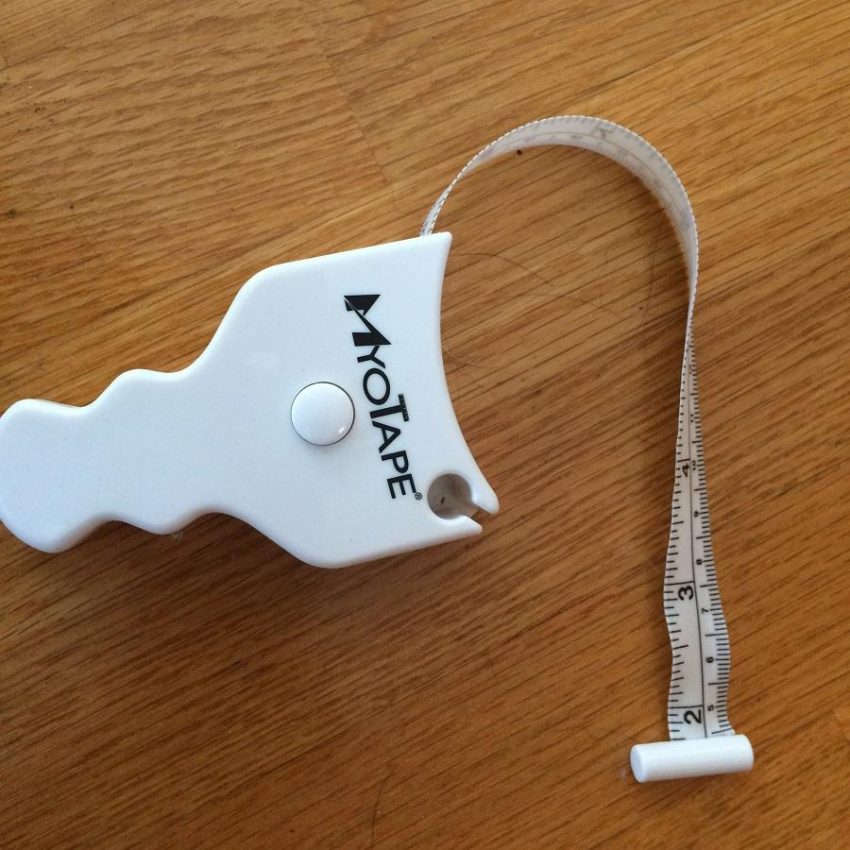So you’ve met your goal weight! Kudos! Not an easy thing to do and the last thing you want to do is lose momentum and put to waste the struggle it involved, just to gain it all back in a year. If the statistics are correct however, there is a decent chance that you will gain it back. You need a plan! See if this evidence-based maintenance plan for weight loss resonates with you.
Jump to: Why People Fail | Carb Creep | Re-introducing Certain Foods | Exercise | Habit Change
Why People Tend to Fall Down (it’s not lack of willpower)
Even if you took on a high-protein-low-carb diet as a lifestyle change rather than a diet, this insidious thing called “carb creep” seems to enter our complicated lives at some point.
The fact that we humans are social beings means that eating and drinking and celebrating with friends/family is going to be a part of life, and we need to acknowledge how we are going to contend with it.
Restaurants and food producers are making an effort to decrease the sugar in our food, but high levels of refined carbs and sugar in prepared food is still the norm.
How many people cook regularly at home these days? I don’t know the answer to this, but based on the pool of clients I have coached over the years, I would guess not many.
Especially in the under-30 crowd. There seems to be a lot of foodies that love and savor good food, but not many home cooks. This decrease in cooking skills, alongside our busy lives often leads to the convenience of eating prepared foods or eating in restaurants if the budget allows.
Perhaps the best way to avoid gaining back all of the hard-earned fat loss is to eliminate the concept of the way you now eat as a “diet” and truly lean in to it as a sustainable lifestyle.
The word “diet”, however, is quite ingrained in our culture and is often viewed as something you “get on”, lose the weight and then “get off “.
If you have felt deprived while eating low carb, it may be an easier mindframe to think of being on a maintenance plan after reaching your goals, rather than an eternal diet (aka lifestyle change).
So, reframing your future way of eating as a maintenance plan may work better for some people than the idea of a permanent lifestyle change (which some people will view as ongoing deprivation).
The maintenance plan I’m outlining below is not based on clinical trials or large studies, but rather it is a plan that has worked for me and 80% of my clients in keeping the weight off for years rather than months.
Strategies for Sustaining Weight Loss
Four overarching strategies make up the plan:
- Periodic data tracking to avoid carb creep.
- Scheduling cheating or refeed periods and setting a “Red Flag Limit”.
- Reintroducing Non-Compliant Foods.
- Establishing an exercise routine that includes some resistance training for metabolism maintenance.
1) Data Tracking and Carb Creep:

As Tim Ferriss notes in a quote from Peter Drucker, “What gets measured gets Managed” I love this quote and live by it. I’ve been tracking my weight now for years. It’s a habit that I don’t even think of…
UNTIL, I go over my red-flag limit. Then it’s time to get serious again.
The red-flag limit is a personal limit you give yourself for how many pounds you are willing to shrug off before you call it carb creep and slap yourself into being strictly compliant again. My red-flag limit is 4 pounds.
People often need a scheduled cheat day when first starting the shift to low carb or slow carb, as it affords the delayed gratification that keeps you from giving up. Decreasing sugar and carbs can be very challenging.
Often however, what starts out as an all-out pizza and sugar cheat day once a week, slowly evolves into perhaps a cheat “meal” (instead of day) once a week, and eventually into just special celebration cheat days.
The increased health and energy you receive when cutting sugar is quite rewarding and the lethargic, bloated way you feel post over-indulgent cheat day is eye-opening.
I personally have moved to scheduling mini-vacations every 2 months and enjoying the cuisine of the vacation area guilt-free, with very little cheating leading up to the break.
Body builders might refer to this as refeed periods. I just call it a relaxing, guilt free mini-vacation.

I will typically gain 3-4 pounds during the mini-vacation, and it will take about 1 week upon return to lose it again. This is where the red flag limit comes in.
For me, a 4-pound gain is a sign that I need to get back on myfitnesspal and track macros carefully for a couple of weeks until the low carb routine has come back in balance.
Your individual red-flag limit may be different based on your own weight and body rhythms, but it is important to establish one and then honor it.
Most people find that once they have been eating a low carb diet for a while, their body has reached a sort of equilibrium and it is fairly easy to lose the vacation weight in 1-2 weeks if you just become compliant again and get back into your low-carb eating habits.
Other Advantages of Tracking:
The other reason to track your daily weight is that you can look back over the year(s) and see which months were difficult for you, what you may have been doing at that time, and how long it took to correct it.
That last part can be a huge stress-reliever. Just seeing that indeed you did correct it and it only took a couple of weeks can be highly motivating and allow you to calmly remedy the creep rather than falling into a spiral of self-hate.
Data geeks often track their micro-nutrient grams, their body fat %, their exercise minutes, etc. but I’ve found that once you understand the parameters of the diet and you have a pretty solid routine, the only thing you really need to track is your weight.
Body fat % is a great thing to track but most people can’t easily do that on a daily basis. The daily long-term record keeping is what is key. It keeps you mindful and aware of red flags.
2) Reintroducing Non-Compliant Foods:
With the slow carb diet you are allowed a scheduled cheat day once a week and if you got to your goal weight under this particular diet, you don’t really need to change anything. Cheat day still exists on the maintenance plan, albeit less indulgent.
That delayed gratification aspect keeps you eating mostly clean and over time cheat days tend to become days for some fruit and grains rather than the junk-orgy they start out to be.
Ferriss has said not long ago that he does the all-out cheat day usually about once a month, with the other three cheat days being much milder and healthier.
The thing to remember is cheating is scheduled and a choice. The evolution that takes place over the long term is a lifestyle that is sustainable and quite healthy.
By the time you have reached your goal weight with either a low carb or a slow carb diet plan, you have learned a lot about nutrition.
At this point you can start to add back in certain foods that are not strictly compliant with a slow carb diet, but that follow the principle of not spiking blood sugar/insulin levels.
This would be things like full-fat plain yogurt (see this article for diet information on dairy), some aged hard lactose-free cheeses, some fruits, and sometimes small portions of whole grains.
Add them one at a time over a period of a couple of weeks for each and see how your body responds. Just be aware of the sugar content and read labels.
Sugar is really the toxic agent in any diet plan, and sugar is present in many foods outside of sweet treats. It will pay to get a working knowledge of nutrition.

3) Exercise & Metabolism Control
So you lost weight without any exercise? Totally possible, but it probably won’t stay off unless you do some sort of regular exercise routine. The research on exactly what kind of exercise is best for weight loss is hotly debated.
The part of it that is not debated is to start with something you enjoy and that you can incorporate into your schedule. The “routine” is the most important part of exercise on a maintenance program.
Once you get into a regularly scheduled exercise routine, the type of exercise will likely evolve into something more intense as you go.
Most of the current literature on exercise maintains that interval training with a resistance component is the best exercise for weight loss and weight control. This is because it builds muscle and muscle will keep your metabolism up.
Keeping a high metabolism rate is relevant to a low carb diet maintenance because your metabolism does tend to downshift and adapt to the lower calorie needs of the diet.

4) Accountability & Habit Change – Final Actions
This last step is a goal-setting exercise that you can do alone, but is helpful to do with a coach or a friend. Implementing the illusive quality of perseverance over the long term is made up of personal habits and the unique environment that you live and work in.
There are a number of goal-setting methods that will work. I’ve found the most important aspects of goal setting is threefold:
- Make the action steps measurable.
- Pick only 3-5 action steps that you are willing to totally commit to.
- Write it down physically in a notebook that you have handy and will look at frequently.
Here is a brief example of one person’s goal-setting exercise for perseverance:
GOAL OF CLIENT EXAMPLE A: To stay compliant with Slow Carb Diet (SCD) and make it a permanent lifestyle.
ACTION STEPS OF CLIENT EXAMPLE A:
- Stress is my nemesis when it comes to sugar. When I feel the body signals that stress is coming, I will breathe deeply for 3 minutes.
- When I find myself getting defensive around negative people, I will limit the amount of time I spend with them and seek out 1-2 places per month where I can find some healthy, like-minded friends.
- When faced with food temptations at the office, I will use my phone and do the Pomodoro technique to distract me. I will use a Pomodoro technique timer .
- When I fall off the wagon, I will note the trigger that caused it in my Evernote app and reflect on a simple strategy that will prevent a similar situation in the near future.
- For inspiration, I will read a biography or listen to a podcast once a month about someone who accomplished their goals despite emotional or physical hardships.

Online Diet/Health Coaching:
Although I am not currently taking clients for diet & health coaching, I was a coach for many years with the online service called coach.me. It is a great platform for all kinds of coaching – anything from specific diets, writing a blog, getting up early, or getting rid of that pesky procrastination.
There are some wonderful coaches and the testimonials will tell you what you need to know. Contact me at [email protected] to get a referral to some of the tested, experienced online coaches on Coach.me.



[…] And finally, if you have met your fat loss goals and are curious about some maintenance strategies, click here. […]